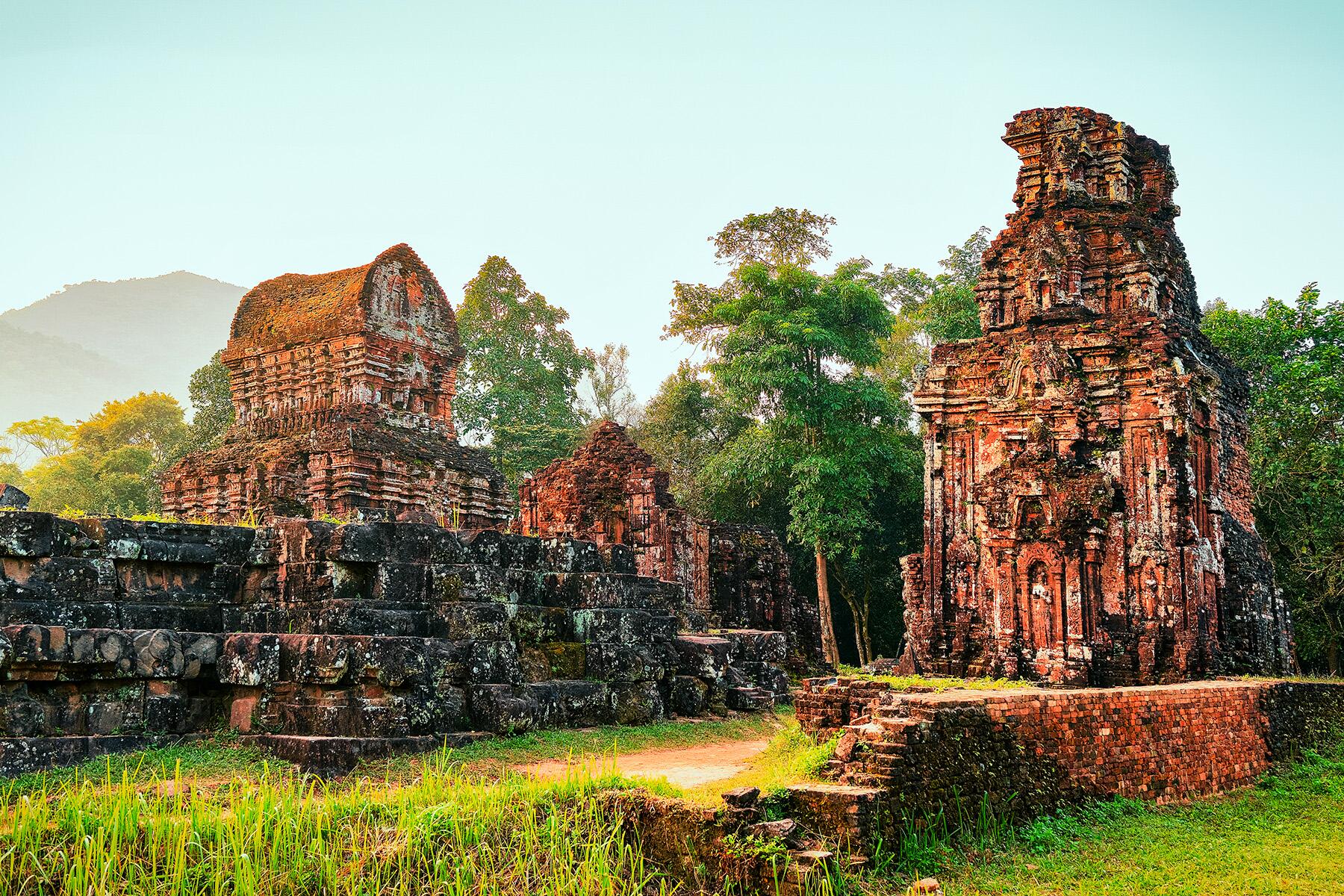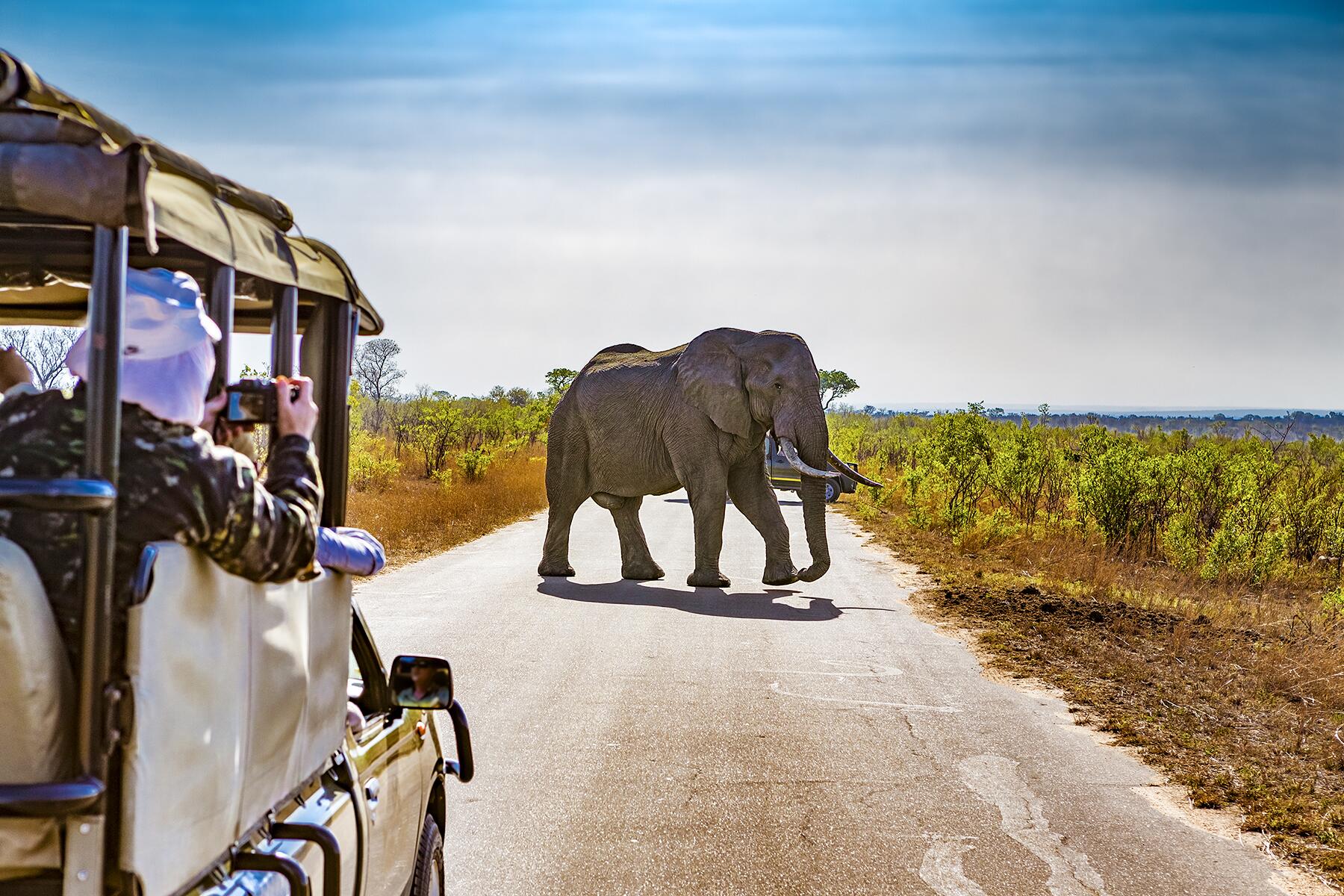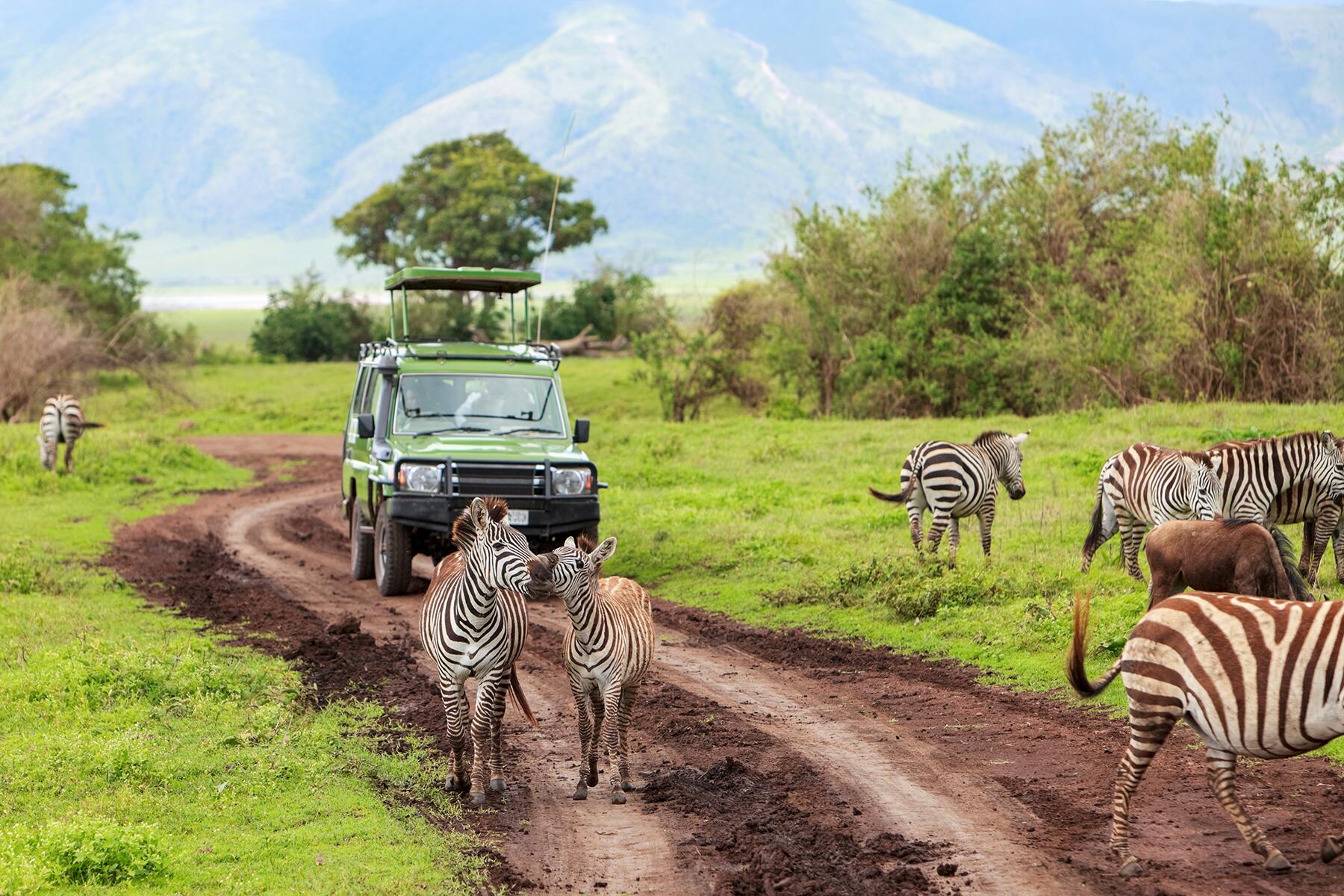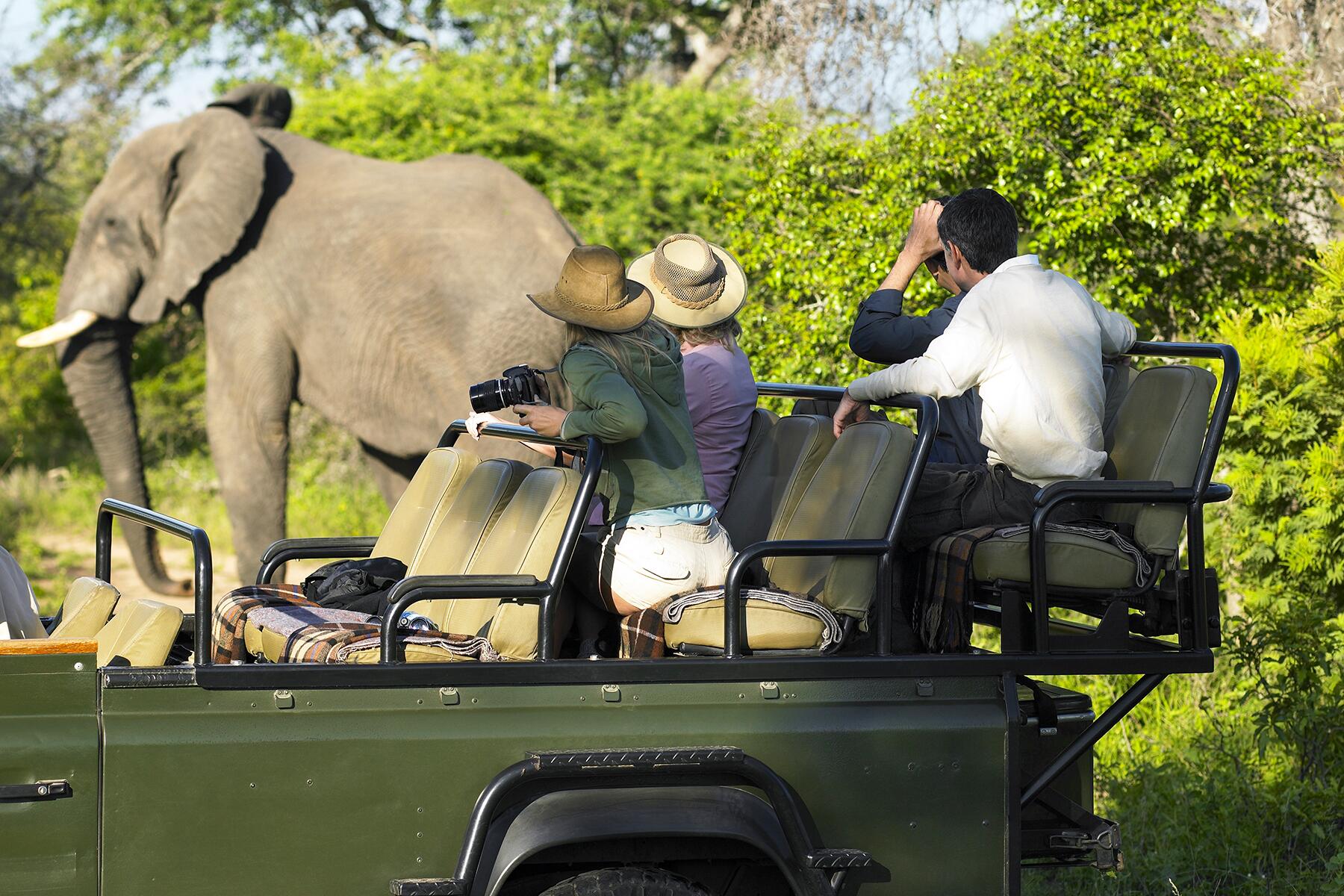Wildlife tourism in Africa has been a highly political ride.
When Europeans took their first wildlife safaris in Africa, they weren’t there just to view animals. They were there to collect them as trophies. These were massive hunting expeditions—in some cases years-long—where wealthy Western travelers seeking adventure and glory explored the African continent, dressed in khaki and pith helmets, with a rifle strapped to their back. Though some aspects of contemporary safaris remain the same (yes, you should still wear neutral colors!), there’s a crucial difference: Most safari-goers are there to shoot photographs of animals, not shoot the animals themselves. Today, conservation-based safari experiences are far more common than hunting expeditions, but it’s been a long journey to reach this point.
The hunting safari rose in popularity during the Victorian era (1837 to 1901) and was largely synchronous with European colonialism in Africa. Of course, the majority of Westerners weren’t traveling themselves. Expeditions were taken by traders, explorers, or the aristocratic sportsmen, who brought back to Europe stories of epic adventure and seemingly fantastical wildlife. At the 1851 Great Exhibition in London, the public was able to see real African mammals for the first time via Scottish adventurer Roualeyn George Gordon-Cumming’s display of hunting trophies. By the early 20th century, audiences worldwide were captivated by classic safari novels such as Ernest Hemingway’s Green Hills of Africa and Karen Blixen’s Out of Africa, furthering the public’s desire to see such animals—and bring them home as trophies.
Recommended Fodor’s Video
Simultaneously, scientists, naturalists, and even hunters themselves realized the importance of studying Africa’s flora and fauna. President Teddy Roosevelt, for instance, was a champion of wildlife preservation. That said, his method of conservation was to hunt to add taxidermied specimens to the collections of the Smithsonian Institution’s National Museum of Natural History (a common practice among many natural history museums at the time).
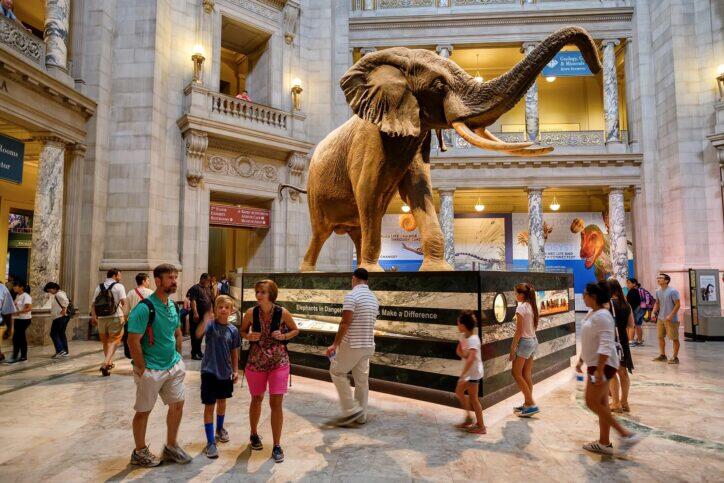
But the scales wouldn’t tip in favor of conservation for a few more decades. As African countries decolonized throughout the mid-20th century, the newly independent states were tasked with developing new economies. “Africa realized that our greatest resource for tourism was actually wildlife, and if we didn’t protect it, people wouldn’t come,” says Sherwin Banda, president of African Travel, Inc., a 25-year veteran of the hospitality industry who got his start in his hometown of Cape Town, South Africa.
In East Africa, protecting wildlife included changing the customs of local cultures. Many indigenous groups traditionally used lion hunts as a rite of passage from boyhood to manhood. “When endangered wildlife started dwindling, there was a big effort across East Africa to protect the land for wildlife, and local governments started working with local tribes to stop past practices such as big cat hunting,” says Banda. Kenya, for instance, banned hunting outright in 1977.
In South Africa, where poaching was a bigger issue, private reserves were established in the 1980s and ’90s to protect wildlife. But the most significant shift in South African tourism occurred when the country transitioned from apartheid to democracy in the early ’90s. Tourists who previously didn’t want to give their dollars to an apartheid regime now embraced South Africa—and its people and wildlife—as a tourist destination.
But when international travelers began visiting the country in droves, tourism was typically of the “checkbox” variety, where a traveler’s mission is to see as many sights as time allows. “There’s been a shift with people moving away from ‘How many places can I check off?’ to “How do I get value from this experience?’” says Banda. “Now people are saying, ‘I want to know that my travel adds meaning not only to my life, but also to people and places where I visit.’”
“Once [visitors] experience the African wild for themselves, and they learn about the delicate balance between human expansion and wildlife conservation, it changes most people’s perception of how delicate this relationship actually is.”
In terms of wildlife, that means knowing that the money you paid for your safari is protecting the animals you’re viewing. “The interest in conservation grows every year as guests become more informed about the challenges facing Africa’s wildlife,” says Joe Cloete, general manager of Shamwari Private Game Reserve in South Africa. “Once they experience the African wild for themselves, and they learn about the delicate balance between human expansion and wildlife conservation, it changes most people’s perception of how delicate this relationship actually is.”
Today, most safari operators and lodges work with nonprofits, whether their own or a separate entity’s, to promote wildlife protection, cultural awareness, and ecological sustainability. Banda’s African Travel, for instance, works with the Tread Right Foundation, which is operated by its parent company, The Travel Corporation. The foundation supports more than 50 charitable initiatives, including educating the next generation of conservationists through the Land & Life Foundation Wildlife Warrior program. But African Travel also brings its guests to lodges like Shamwari, which directly pumps tourism dollars right back into its wildlife. “We invest them into land expansion and projects such as the Wildlife Rehabilitation Centre and anti-poaching units,” says Cloete. “Conservation projects such as Shamwari will not be sustainable if tourism falls away as the two are directly related.”
“The biggest threat to wildlife right now remains financial, as tourism drives the funding to sustain these areas.”
Given COVID-19, that means the delicate balance between tourism and wildlife conservation has been upended. “The fact that the pandemic has prevented international travel for nearly 12 months now has put tremendous strain on the reserves of private reserves such as Shamwari as well as the national parks,” says Cloete. “The biggest threat to wildlife right now remains financial, as tourism drives the funding to sustain these areas, particularly in the private sector. Poaching remains a continuous threat to certain species such as white and black rhino, elephant, and lion.”
On the positive side, things are improving on the pandemic front. Even if international travel remains limited right now, the delivery of vaccines points toward a brighter future for the tourism industry, and as a byproduct, the wildlife conservation industry in Africa. “The biggest thing that we can do today is purchase travel,” says Banda. “While people are unsure about 2021, you should certainly buy a trip for 2022, because we forward those funds to our partners so that they can have initial money to continue supporting not only wildlife conservation but also the projects centered around culture.”


